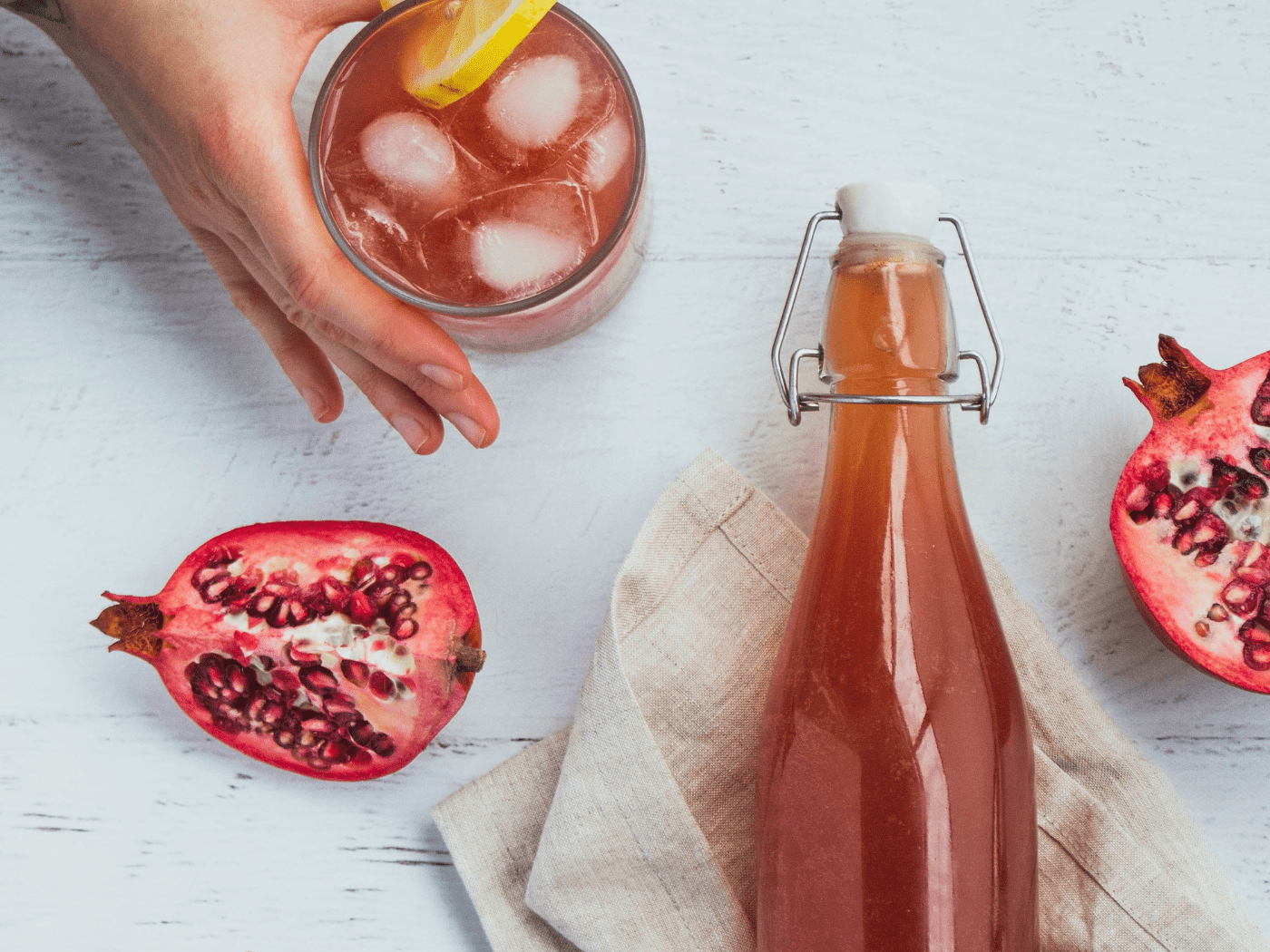In the Kombucha world, Kombucha on tap is a relatively new concept. Kombucha has been around for a while now and there are many different ways to drink it. You can buy it in bottles or cans, brew your own, or have it at a K-Cup cafe. But what about Kombucha on tap? The idea of drinking Kombucha from a keg might sound pretty cool (and delicious). If you're interested in learning more about this trend and whether it's worth trying out for yourself, keep reading!
What is Kombucha?
Kombucha has been a mainstay in Northeast China for almost 2,000 years. It was known as the "Tea of Immortality," a healing elixir that had been used to treat ancient emperors thousands of years ago. Kombucha is a sweetened black or green tea produced using yeast, sugar, and additional liquids or spices to add flavour. Kombucha is a type of fermented tea that has been shown to have many health benefits, including aiding in digestion and detoxification.
Why Kombucha on tap is better than bottled?
Kombucha typically comes in bottles or cans at grocery stores across the country. When you buy Kombucha from bottles or cans, you're typically getting Kombucha that has been pasteurized. This means the Kombucha is heated up to kill off any bacteria and yeast in the drink, but it also kills a lot of its flavour along with all those health benefits we talked about earlier! Kombucha on tap goes through a different process that allows it to maintain its health benefits, taste great, and come straight from the tap. Kombucha on tap is typically unpasteurized Kombucha where brewers have allowed time for more yeast growth so they can bottle condition their Kombucha with extra sugar or fruit juice before sending it out into bars or cafes to be served fresh!
How to Dispense kombucha on tap?
Kombucha, like beer, is a carbonated beverage that should be dispensed from a keg via CO2. Kombucha Kegs should be medium-carbon (304) stainless steel and meet all FDA standards. Your kombucha is now carbonated, and it's ready to be connected to a draft system. Choosing whether you'll use a long draw or a direct-draw method is also up to you. You'll have to make the same decision regarding beer, of course. The following are the bare minimum equipment you'll need:
To make an effective kegging system, you'll need the right length and inner diameter of your beverage line, which is almost always 5 feet of 3/16” inside diameter tubing. The type of keg you have will determine which connections you'll require. Kombucha may be delivered in a standard beer keg or a ball-lock keg; standard kegs would require a "D" style coupler, and a Cornelius keg would require ball-lock connections.
If you're using CO2 or beer gas in your new kombucha system, it should work perfectly well and be connected in the same way as a draft beer system. The key difference with kombucha is that, like highly acidic draft beverages like coffee, wines, and craft beer, 304 stainless steel components are required. You can't use brass faucets and parts on this one. You'll get a metallic flavour from your booch if you do. Our draft towers are constructed of 304 stainless steel components and would look perfect for your Kombucha on tap.
Finally, the temperature at which your kombucha is stored and served has an important role. Make sure that your kombucha kegs are kept at a temperature of 38 degrees Fahrenheit all the way to the faucet. This will keep the beverage's carbonation in check, ensuring it does not become too foamy.
In the end, tap drinks are typically always superior, more cost-effective, and provide a better experience for your customers. Kombucha on tap is a great addition to your beverage line-up!





Share:
Tipsy Turny Trailer
A beer story: the craft industry